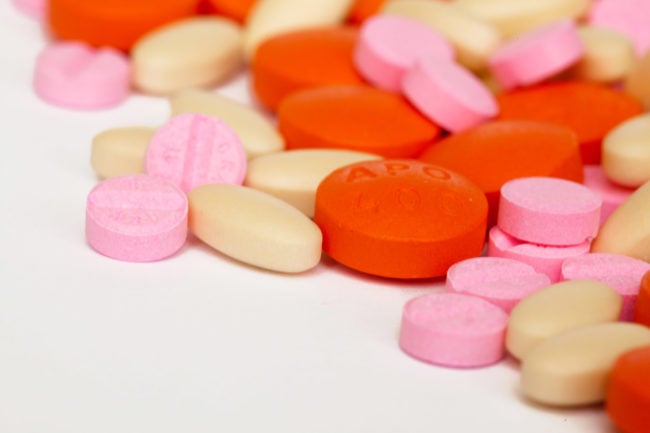Pharmaceuticals

Partnered with Cornell University and the U.S. Environmental Protection Agency, Riverkeeper has documented dozens of compounds associated with pharmaceuticals, personal care products, pesticides and industrial compounds in the Hudson River Watershed. Ninety pharmaceutical compounds or their breakdown products have been detected in surveys to date, some at levels that have been documented to have affects on aquatic life in other experiments. Pharmaceuticals are found in higher number and at higher concentrations near the outfalls of sewage treatment plants, indicating that the pharmaceuticals we excrete, and the unused pharmaceuticals flushed down the drain, are entering our waterways. (Read more: Cornell University 2015 study. EPA 2018 study. Cornell 2018 study.)
While each compound is detected at low levels, it is unknown what effects the mix of “micropollutants” might have on the ecosystem or human health. This research is helping to fill a global knowledge gap. As the Cary Institute has reported, research on the ecological effects of pharmaceuticals, pesticides and industrial chemicals is “severely lacking” despite an explosion of global manufacture and use, particularly since 1970.
To keep unused pharmaceuticals out of our water – and out of the hands of those who might abuse them – Riverkeeper advocates for the safe, responsible disposal of pharmaceuticals.
Taxpayer-funded National Prescription Drug Take-Back Days are held in April and October, and many counties and municipalities host additional take-back days throughout the year. Many law enforcement agencies have taxpayer funded drop-boxes where people can safely dispose of pharmaceuticals, often 24-7.
DRUG TAKE BACK ACT
Riverkeeper supports the passage of the Drug Take Back Act, which would expand drug take back programs and shift the cost from taxpayers to the pharmaceutical industry.
Consistent with that concept, Rockland County approved a first for the East Coast, a county law requiring retail pharmacies with three or more locations to take back and safely dispose of pharmaceuticals. We hope other counties will follow.
NATIONAL PRESCRIPTION DRUG TAKE-BACK DAY
The next National Take-Back Day is April 28, 2018. Search takebackday.dea.gov to find a collection point near you. There are typically dozens in the Hudson River Watershed.
MEDICATION DROP BOX LOCATIONS
Use the following links to identify locations where you can drop-off unused pharmaceuticals in the Hudson River Watershed. To search statewide, use the Department of Health’s Medication Drop Box Locations by County map.
HUDSON VALLEY
- Albany County (Latham)
- Columbia County (Chattham and Hudson)
- Dutchess County (Beacon, Poughkeepsie, Hopewell Junction, Hyde Park, Salt Point, Pawling, Millerton, Red Hook, Wappingers Falls)
- Greene County (Catskill, Cairo, Coxsackie, Durham, Windham)
- Orange County (Newbrugh, Montgomery, Goshen, Port Jervis)
- Putnam County (Brewster, Carmel, Cold Spring, Kent Lakes, Mahopac, Patterson, Putnam Valley)
- Rensselaer County (North Greenbush)
- Rockland County (Sheriff’s office and nine municipal police departments)
- Ulster County (Saugerties, Ellenville, Rosendale, New Paltz, Kingston, Woodstock, Highland, Lake Katrine, Milton, Clintondale, Shokan, Phoenicia, Napanoch, Port Ewen, Stone Ridge, Allaben, Wallkill)
- Westchester County (Croton-on-Hudson, Yorktown Heights, Ardsley, Bedford, Briarcliff Manor, Eastchester, Greenburgh, Lewisboro, Mount Pleasant, Mount Vernon, Ossining, Peekskill, Pleasantville, Port Chester, Pound Ridge, Rye Brook, Rye City, Scarsdale, Somers, Tarrytown, White Plains)
NEW YORK CITY
UPPER HUDSON
- Essex County (Ray Brook)
- Hamilton County
- Saratoga County (Saratoga Springs, Waterford)
- Warren County (Glens Falls, Queensbury)
- Washington County (Cambridge)
MOHAWK VALLEY
- Fulton County (Johnstown)
- Montgomery County
- Oneida County (Oneida)
- Herkimer County (Herkimer)
- Schenectady County (Schenectady)
- Schoharie County (Cobleskill)
The Department of Environmental Conservation has more information about responsible pharmaceuticals disposal here.

